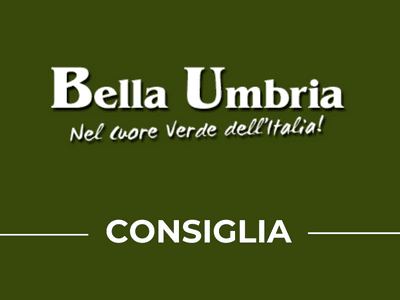▌ Alla scoperta di Citerna
#BELLAUMBRIA
{“translation”:[{“lang”:”it”,”content”:”Citerna, situata al di sopra di un colle fra i torrenti Cerfone e Sovara, ha prettamente una vocazione di tipo agricolo anche se negli ultimi anni è divenuta ambita meta di villeggiatura.
L’antica Civitas Sobariae, ha seguito nei secoli il destino dei centri maggiori pi vicini, a partire dalle invasioni barbariche al dominio dello Stato Pontificio, fino all’occupazione dei tedeschi che hanno quasi distrutto la Rocca durante l’ultima guerra. Proprio dai ruderi della rocca si può godere di un vasto panorama che comprende gli orizzonti dalla Verna al Subasio, dal Catria ai monti di Gubbio. Tra gli edifici meritevoli di una visita occupano un posto particolare il quattrocentesco Palazzo Vitelli, ove morì Alessandro Vitelli e per la ricchezza degli arredi, le chiese di S. Francesco e di S. Michele Arcangelo.
“},{“lang”:”en”,”content”:”Citerna, situated on a hill above the Cerfone and Sovara streams, is dedicated to agriculture even if in the last few years it has become a popular holiday resort.
In past centuries, the fate of the former “Civitas Sobariae” followed that of larger neighbouring towns from the times of the barbarian invasions, rule under the Papal State, and occupation by the Germans who nearly destroyed its strong-hold during the Second World War. In fact, from the ruins of the strong-hold you’ll enjoy the sight of a vast panorama; a horizon ranging from Verna to Mount Subasio and from Catria to the Gubbio mountains. Among the buildings which merit a visit are Vitelli Palace (15th century), where Alessandro Vitelli died, and for the richness of their furnishings, the churches of St. Francis and St. Michael Archangel.
“},{“lang”:”es”,”content”:”Citerna, situated on a hill above the Cerfone and Sovara streams, is dedicated to agriculture even if in the last few years it has become a popular holiday resort.
In past centuries, the fate of the former “Civitas Sobariae” followed that of larger neighbouring towns from the times of the barbarian invasions, rule under the Papal State, and occupation by the Germans who nearly destroyed its strong-hold during the Second World War. In fact, from the ruins of the strong-hold you’ll enjoy the sight of a vast panorama; a horizon ranging from Verna to Mount Subasio and from Catria to the Gubbio mountains. Among the buildings which merit a visit are Vitelli Palace (15th century), where Alessandro Vitelli died, and for the richness of their furnishings, the churches of St. Francis and St. Michael Archangel.
“},{“lang”:”de”,”content”:”Citerna, situated on a hill above the Cerfone and Sovara streams, is dedicated to agriculture even if in the last few years it has become a popular holiday resort.
In past centuries, the fate of the former “Civitas Sobariae” followed that of larger neighbouring towns from the times of the barbarian invasions, rule under the Papal State, and occupation by the Germans who nearly destroyed its strong-hold during the Second World War. In fact, from the ruins of the strong-hold you’ll enjoy the sight of a vast panorama; a horizon ranging from Verna to Mount Subasio and from Catria to the Gubbio mountains. Among the buildings which merit a visit are Vitelli Palace (15th century), where Alessandro Vitelli died, and for the richness of their furnishings, the churches of St. Francis and St. Michael Archangel.
“},{“lang”:”fr”,”content”:”Citerna, située sur une colline entre les torrents Cerfone et Sovara, a principalement une vocation agricole, même si ces dernières années elle est devenue une destination de villégiature appréciée.
L’antique Civitas Sobariae a suivi au cours des siècles le destin des principales agglomérations voisines, à partir des invasions barbares à la domination de l’Etat pontifical, jusqu’à l’occupation allemande qui a quasiment détruit la forteresse pendant la dernière guerre mondiale.
C’est justement à partir des ruines de la forteresse qu’on peut jouir d’un vaste panorama qui inclue à l’horizon la vue de la Verna jusqu’au Subasio, de Catria jusqu’aux monts de Gubbio. Parmi les édifices dignes d’une visite on trouve en particulier le Palazzo Vitelli du XVème siècle, où mourût Alessandro Vitelli, ainsi que les églises de St. François et de St. Michel Archange pour la richesse de leurs décorations.
“}]}





